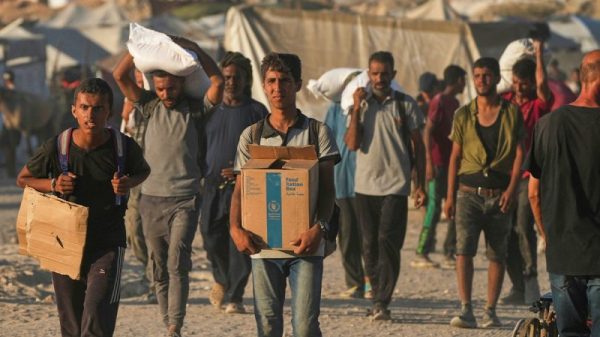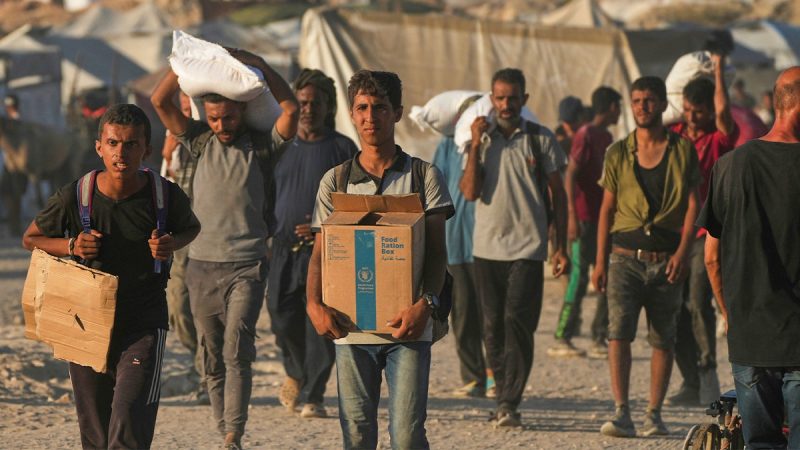For months, headlines warned of an impending famine in Gaza — images of starving children, shattered infrastructure and humanitarian collapse filled the news. On Aug. 22, 2025, the Integrated Food Security Phase Classification (IPC) declared that while full data was lacking, expert inference indicated famine was underway. Governments pledged aid; humanitarian agencies sounded alarms. Yet today, the word ‘famine’ has nearly vanished from headlines. What happened?
This is not to deny the human suffering in Gaza; it is to ask difficult, necessary questions. Was famine averted, exaggerated or politically reframed?
Famine has been described as a tree swaying in the wind — at some point it cannot recover and cannot be returned upright. But Gaza’s ‘famine tree’ never appeared to fully sway. If aid efforts or local resilience truly prevented catastrophe, where is the evidence? On August 22, 2025, famine was declared, and the global press carried that narrative. Then came a shift to the word ‘starvation.’ Now, even that language has faded.
The distinction matters. Famine is a technical classification grounded in data — household food security surveys, acute malnutrition rates and mortality. Starvation, by contrast, is a moral and legal term implying intent; under international law, using starvation as a weapon constitutes a war crime. In Gaza, this rhetorical shift occurred before comprehensive data was gathered — an escalation of accusation without empirical foundation.
Recovery from famine typically takes eight to 12 months, even under ideal conditions with full humanitarian access and functioning medical systems. Historical precedents — Somalia in 2011, South Sudan in 2017 and Sudan in 2023 — show that malnutrition persists long after headlines fade. If Gaza truly met famine standards this summer, the signs would still be unmistakable: rising mortality, overwhelmed clinics and a generation of weakened children. Yet no such surge has been confirmed by independent medical reporting.
Another inconsistency is behavioral. True famine unleashes chaos — hunger overrides social norms and people fight to survive. In August, 84% of Gaza aid convoys were reportedly looted. Yet after the Oct. 10 ceasefire, U.N. 2720 data show interceptions fell to 6%, and by November, below 1%. Where did the desperation go? Where is the looting? Where are the crowds of thousands?
Following the ceasefire, Hamas rapidly reasserted control, executing accused defectors and projecting an image of order. Recent videos show bustling markets and calm streets — a façade of normalcy meant to reinforce legitimacy. Within six weeks, famine conditions seemingly vanished. Can that be real?
If famine had truly taken hold, it would not have dissipated so quickly. Either the crisis was overstated, the data manipulated or public perception deliberately managed.
We cannot shy away from uncomfortable questions. Asking what happened to the famine in Gaza is responsible, not callous. Truth demands transparency, even when it challenges narratives we’ve grown accustomed to believing.



















